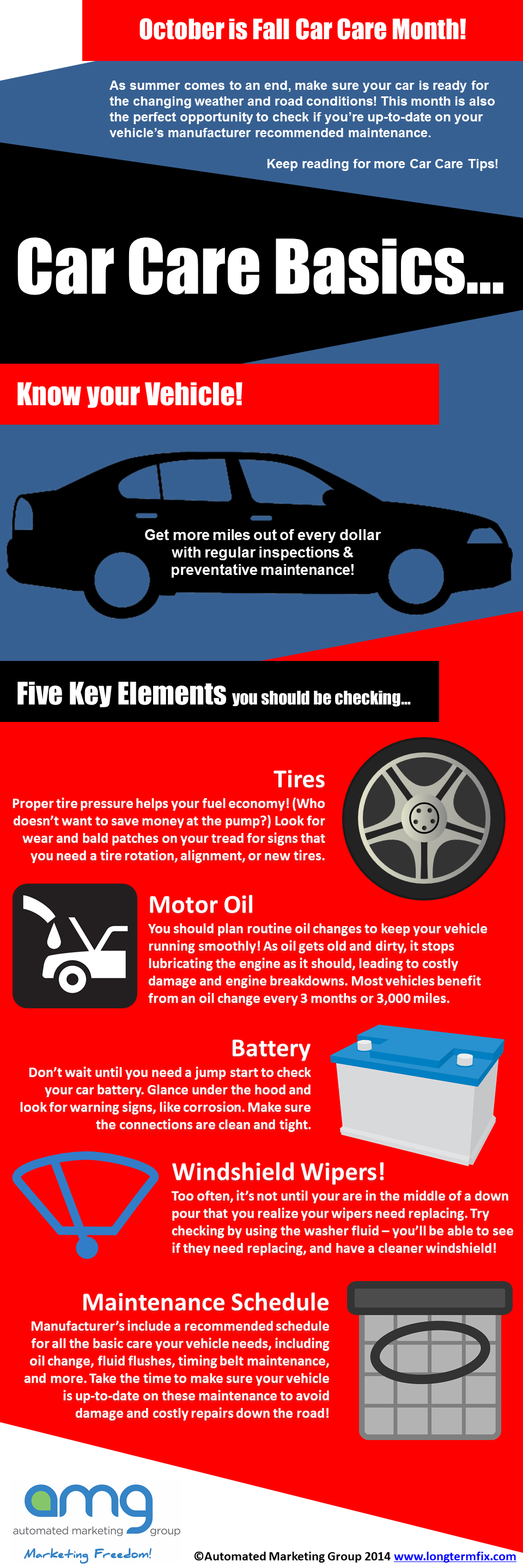Examining Your Auto'S Caution Indicators: What They Actually Convey
Examining Your Auto'S Caution Indicators: What They Actually Convey
Blog Article
Article By-Vinson Corbett
When you're behind the wheel, those radiant caution lights on your control panel can be a little bit puzzling. Do you know what they're trying to inform you concerning your automobile's health and wellness? Recognizing the relevance of these lights is crucial for your security and the longevity of your vehicle. So, the following time among those lights appears, would not you wish to understand its message properly and take the needed steps to address it?
Common Caution Lights and Interpretations
Recognize common warning lights in your automobile and recognize their meanings to make sure secure driving.
One of the most regular warning lights include the check engine light, which signifies concerns with the engine or discharges system. If this light comes on, it's important to have your car examined quickly.
The oil pressure advising light suggests reduced oil pressure, requiring instant focus to stop engine damages.
A flashing battery light could suggest a malfunctioning charging system, potentially leaving you stranded otherwise attended to.
The tire stress tracking system (TPMS) light notifies you to low tire stress, affecting automobile stability and fuel efficiency. Disregarding this can cause harmful driving problems.
The abdominal muscle light indicates a problem with the anti-lock braking system, jeopardizing your capacity to quit promptly in emergencies.
Lastly, the coolant temperature level alerting light warns of engine overheating, which can lead to extreme damages otherwise fixed quickly.
Recognizing these common caution lights will aid you address issues promptly and maintain safe driving problems.
Value of Prompt Attention
Comprehending the usual caution lights in your automobile is only the first step; the value of without delay addressing these warnings can not be highlighted sufficient to ensure your safety and security on the road.
When a caution light brightens on your control panel, it's your automobile's way of connecting a potential issue that requires attention. Ignoring https://oil-change-service-near-m73838.liberty-blog.com/32210185/assess-your-vehicle-s-needs-to-locate-the-excellent-vehicle-outlining-service-for-you-yet-which-factors-will-genuinely-affect-your-choice can bring about more serious issues later on, endangering your security and potentially costing you extra in repairs.
Prompt attention to warning lights can avoid break downs and accidents. For instance, a blinking check engine light might suggest a misfire that, if left ignored, might trigger damage to the catalytic converter. Addressing this without delay can save you from an expensive repair.
Likewise, a brake system warning light might signify low brake liquid or used brake pads, important components for your safety when driving.
DIY Troubleshooting Tips
If you see a caution light on your dashboard, there are a couple of do it yourself repairing ideas you can try prior to seeking professional help.
The first step is to consult your cars and truck's manual to understand what the particular warning light suggests. Occasionally the issue can be as simple as a loose gas cap activating the check engine light. Tightening the gas cap might settle the problem.
Another common issue is a reduced battery, which can cause different cautioning lights. Checking the battery connections for corrosion and ensuring they're protected could fix the problem.
If a caution light continues, you can try resetting it by disconnecting the vehicle's battery for a couple of mins and then reconnecting it. Additionally, examining moved here , such as oil, coolant, and brake liquid, can aid troubleshoot cautioning lights related to these systems.
Verdict
Finally, recognizing your cars and truck's warning lights is necessary for maintaining your automobile running smoothly and safely. By quickly attending to these alerts and understanding what they suggest, you can prevent expensive fixings and possible break downs.
Keep in mind to consult your car's guidebook for specific details on each advising light and act appropriately to make certain a hassle-free driving experience.
Stay educated, stay risk-free when driving!
